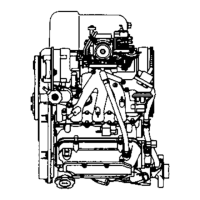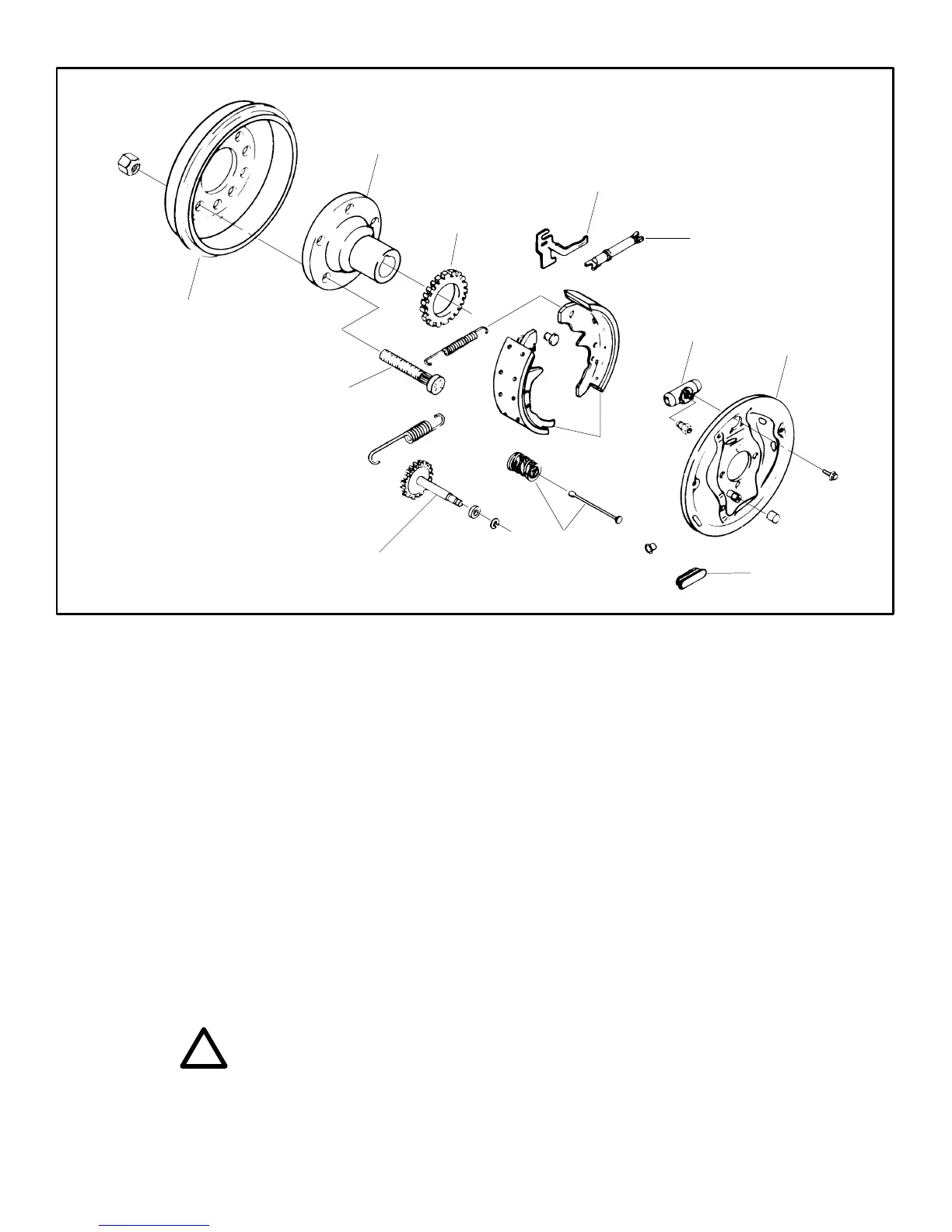
 Loading...
Loading...
Do you have a question about the Suzuki F6A and is the answer not in the manual?
| Displacement | 657 cc |
|---|---|
| Cooling System | Water-cooled |
| Bore x Stroke | 65.0 mm x 66.0 mm |
| Compression Ratio | 8.5:1 |
| Fuel System | Carburetor or Fuel Injection |
| Maximum Torque | 57 Nm (42 lb-ft) at 4, 000 rpm |
| Valvetrain | SOHC |
| Engine Type | Inline 3-cylinder |
Inspect and adjust alternator belt tension for proper operation and alignment.
Details the crankshaft and connecting rods, their construction, and specifications for engine performance.
Covers piston, piston ring, and piston pin specifications, including dimensions and materials.
Describes the belt drive system, timing marks, tensioner, and pulley specifications for synchronization.
Outlines the engine lubrication system, oil flow, and components for proper lubrication.
Details the engine oil circulation path, pump operation, and oil pressure relief.
Provides a detailed wiring diagram for the EFI system, showing connections and color codes.
Details the components of the fuel system, including tank, pump, filter, and injectors.
Explains self-diagnosis, code retrieval, and troubleshooting procedures for the engine control system.
Explains ignition coils, spark plugs, their testing, and replacement procedures.
Describes ignition timing adjustments for different modes and corrections based on engine conditions.
Details the valve body, hydraulic pressure distribution, control solenoids, and gearshift control logic.
Explains the diagnosis function, code retrieval, and a table of diagnostic trouble codes and failsafe actions.